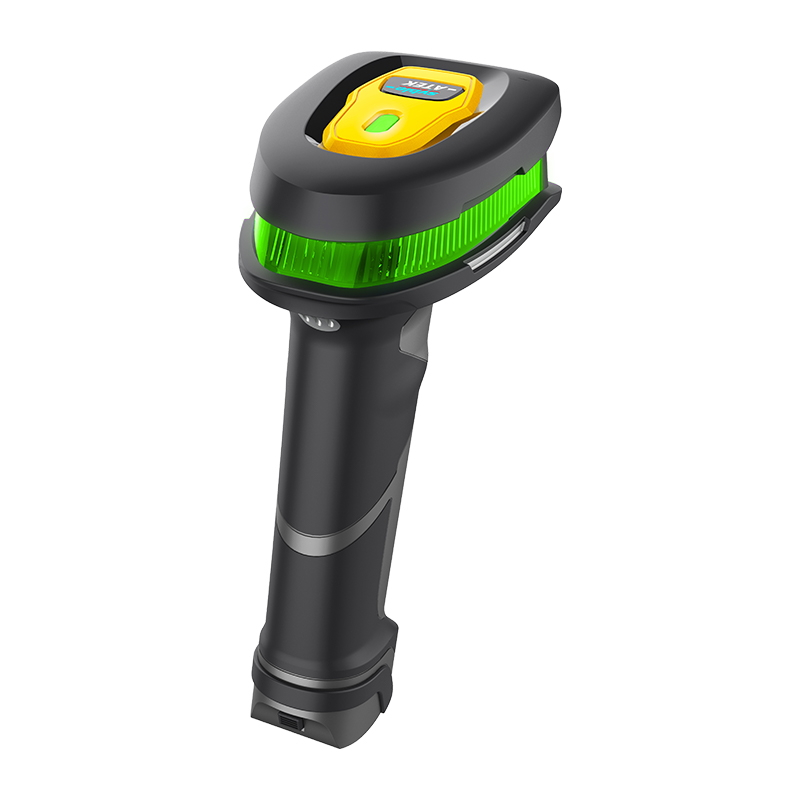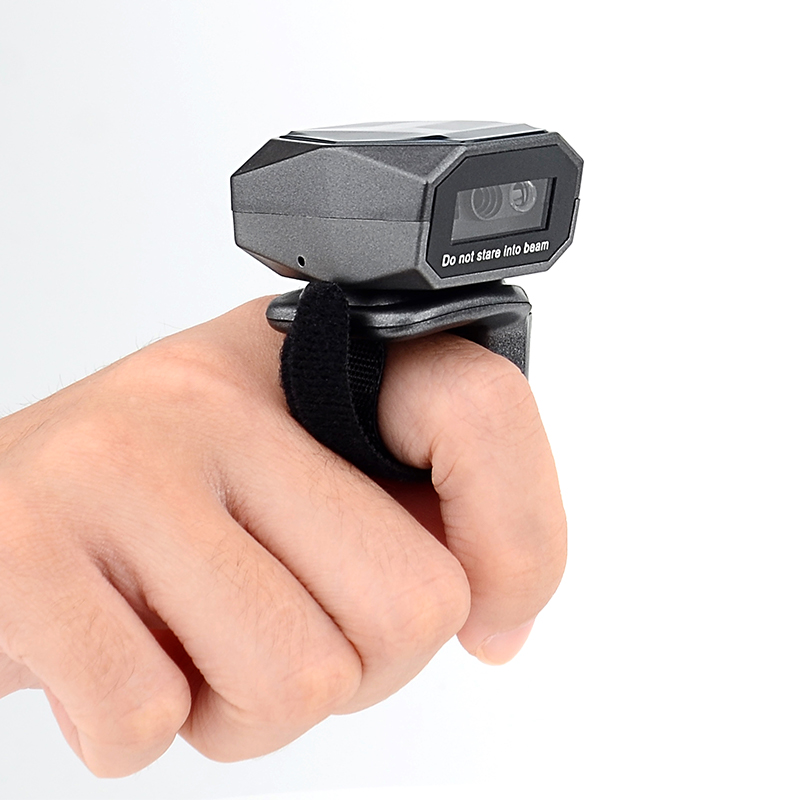Barcodes, essential to the efficiency of modern business operations, play a pivotal role in streamlining inventory management, product tracking, and enhancing workflow optimization. With the evolution of technology, businesses face the critical decision of choosing between 1D vs 2D barcode scanners. Both variations offer distinct features and benefits tailored to varying operational needs. This article delves into the 1D vs 2D barcode and barcode scanner differences, aiming to furnish you with the knowledge needed to make an informed decision tailored to your business's unique requirements.
Understanding 1D Barcode Scanners
Initiating our exploration into the realm of barcodes necessitates a foundational understanding of 1D barcode scanners. As the steadfast pillars of barcode technology, 1D barcode scanners epitomize simplicity and dependability, servicing a broad spectrum of business requirements. We will dissect the crucial attributes of 1D barcodes vs 2D barcodes, focusing first on 1D barcode scanners:
Simplicity in Design and Use
1D barcodes, also known as linear barcodes, are composed of a series of vertical lines that represent data by varying the widths and spacings of these lines. This simplicity in design translates to ease of use in scanning, making 1D barcode scanners a go-to choice for businesses that require quick and straightforward product identification.
Handfree 2D Desktop Barcode Scanner for Retail Store
Optimized for Speed and Efficiency
Designed for speed, 1D barcode scanners read barcodes in a single linear sweep, allowing for rapid scanning of items during checkout or inventory management. This efficiency is particularly beneficial in high-volume settings like supermarkets and warehouses, where time is of the essence.
Cost-Effective for Budget-Conscious Operations
For businesses keeping a close eye on expenses, 1D barcode scanners represent a cost-effective option. They provide a no-frills solution to barcode scanning that gets the job done without unnecessary features that might inflate the cost.
Prevalence and Compatibility
The widespread adoption of 1D barcodes across various industries means that many existing systems are already set up to handle them. This compatibility reduces the need for additional investment in new technology and ensures a seamless integration into current operations.
2D Barcode Scanners
Exploring 2D Barcode Scanners: High Data Capacity
A paramount benefit of 2D barcodes, distinguishing them significantly from their 1D counterparts, is their substantial data storage capability. The intricate matrix composition of dots and squares in 2D vs 1D barcodes encompasses not just product identification but extends to detailed product information, expiration dates, and batch numbers. The expanded data capacity crowns 2D barcodes as the ideal choice for information-intensive applications.
Versatility
2D barcode scanners offer a higher level of versatility as they can read both 1D and 2D barcodes. Because of their adaptability, they are appropriate for a wider range of applications, ranging from standard inventory management and point-of-sale transactions to more sophisticated uses such as mobile ticketing and marketing. If your business operations require adaptability and the ability to handle various barcode formats, a 2D scanner is a more versatile solution.

Best Handheld Barcode Scanner for Supermarkets
Enhanced Security
For businesses dealing with sensitive information, the enhanced security features of 2D barcodes can be a crucial factor. The ability to encrypt data within the barcode offers an additional degree of security, making 2D barcodes suited for applications where data security and integrity are critical. If your business involves handling confidential or proprietary information, a 2D scanner can contribute to a more secure and reliable scanning solution.
Choosing The Right Scanner For Your Business: A Strategic Approach
Selecting the ideal barcode scanner, it's not just about the current needs but also about anticipating future trends. Here's a strategic approach to making your choice:
Assess Your Business Requirements
The decision between 1D and 2D barcode scanners should be guided by a thorough assessment of your business's unique needs. Evaluate the types of data you need to capture, the environments in which the scanners will be used, and how barcode scanning fits into your broader business processes.
Analyze Cost Versus Value
While 1D scanners may offer immediate cost savings, it's imperative to consider the long-term value of 2D scanners. These devices can provide greater flexibility and efficiency, potentially leading to cost savings over time. Analyze the total cost of ownership, including potential future needs, to make an informed decision.

Stock Taking Handheld Terminal Barcode Scanner
Future-Proof Your Barcode Scanning Capabilities
In a rapidly evolving technological landscape, choosing a scanner that can keep pace with change is vital. Opt for a solution that not only meets today's requirements but also has the potential to accommodate tomorrow's innovations. A 2D scanner, with its ability to read various barcode formats and integrate with emerging technologies, can be a strategic investment for future growth.
Conclusion
The decision to opt for a 1D vs 2D barcode scanner should be intricately aligned with the distinct necessities of your business models. Selecting a 1D scanner underscores a preference for simplicity and rapid implementation, while a 2D scanner emphasizes versatility and comprehensive data handling capabilities. Each plays an indispensable role in streamlining operational efficiencies and bolstering business productivity.
FAQs
1. What are the main differences between 1D and 2D barcodes?
1D barcodes are linear and consist of parallel lines, whereas 2D barcodes use a matrix of dots or squares. The primary distinction lies in data capacity, with 2D barcodes capable of storing significantly more information than 1D barcodes.
2. In what industries are 1D barcode scanners commonly used?
1D barcode scanners are commonly used in retail, logistics, and manufacturing industries where the primary need is for basic product identification and inventory tracking. Their simplicity and cost-effectiveness make them suitable for applications where extensive data storage within the barcode is not a requirement.
3. What advantages do 2D barcode scanners offer over 1D scanners?
2D barcode scanners provide higher data capacity, allowing them to store more information. They also offer versatility by being able to read both 1D and 2D barcodes, making them suitable for a broader range of applications, including mobile ticketing, marketing, and advanced inventory management.











